
Made-in: Highlights of Singapore Design Week
Made In is the exhibition held as part of the Singapore Design week. Each year, the event organizers choose the country that will present the exposition of its unique design, and this time the Made-In was dedicated to Indonesia. So today we are going to tell you about the main highlights of Made-in: Indonesia displayed by the Indonesian designers.
On March 4th – 17th, Singapore hosted the annual Design Week. This year, instead of one week as planned, the event lasted for entire 14 days and ended with the second edition of Singapore Urban Design Festival held at the multilevel parking center on Jalan Besar Street. The Festival program covered such topics as Business Transformation, Empowerment of Community Rights and Opportunities, Inspiration for Every Day and Re-Thinking of Future. The designers explored the issues of imitation when creating the objects of complicated natural patterns and were thinking about how to light the city in such a way, as to make the residents interact with urban environment. The Design Week program also included traditional Made In exhibition.
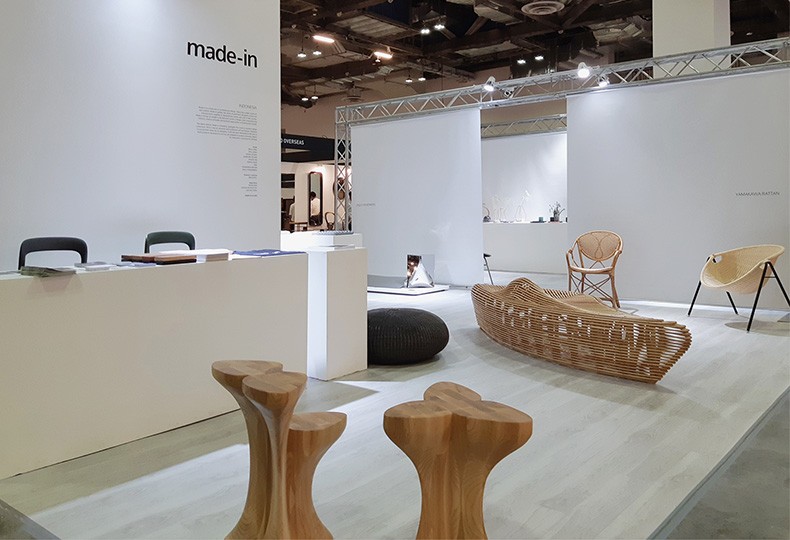
Made In is the contemporary design exhibition organized by the Singapore brand Industry +w ith the support of Nook Asia – official partner of the Singapore Design Week. Each year, the exhibition is focused on the design of specific country, where the notorious designers, artists and manufacturers display the objects indicative of the national culture and traditional crafts. This allows to understand the current situation at the local design scene, as the well as the industry principles or operation and designers’ ways of thinking. This year, Made In was dedicated to Indonesia – a country, which is rarely recalled in the design context.
Reach with natural resources, as well as the cultural, and in particular the artisan, traditions, Indonesia appears at Made-in: Indonesia as the rapidly developing platform for young contemporary design. The arts and crafts that once served to create the products necessary in order to survive, now adapt to the modern utility items manufacturing and become an integral part of the Indonesian people’s way of life.
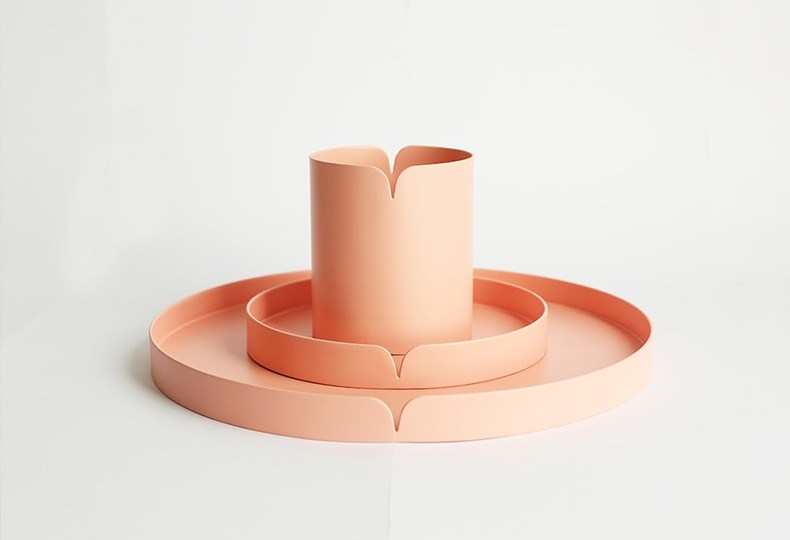
Split Collection by Cassia Studios consists of the colorful trays for various small objects, pots for office accessories and table mirror on the special utility support. All items are distinguished by the unique feature – a neat collar, and are available in three different colors with dull finishing.
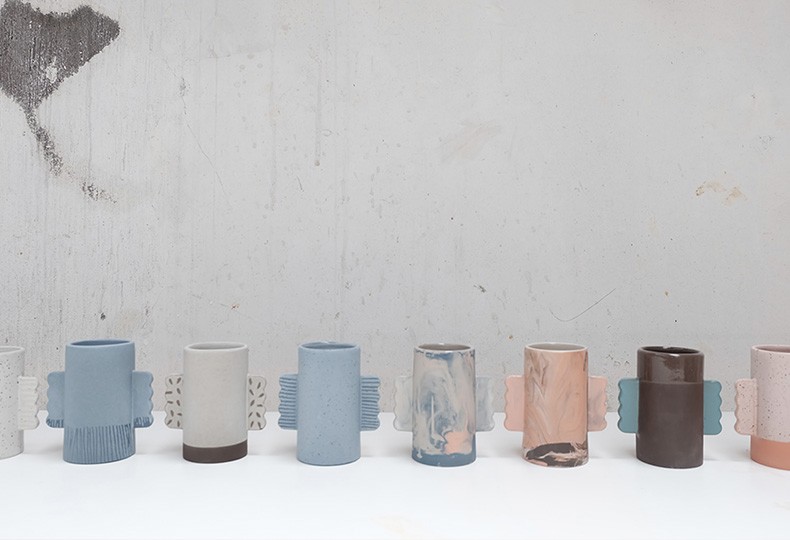
Teribi is the most recent ceramic tableware collection by Kandura Studio which was inspired by the exploration of color and the memories of traveling around the South America. The bowels and caps are a mixture of blue, pink, grey and green colors – the designers’ memories of flamingos, salt lakes, sunrises and sunsets expressed using the language of ceramics.
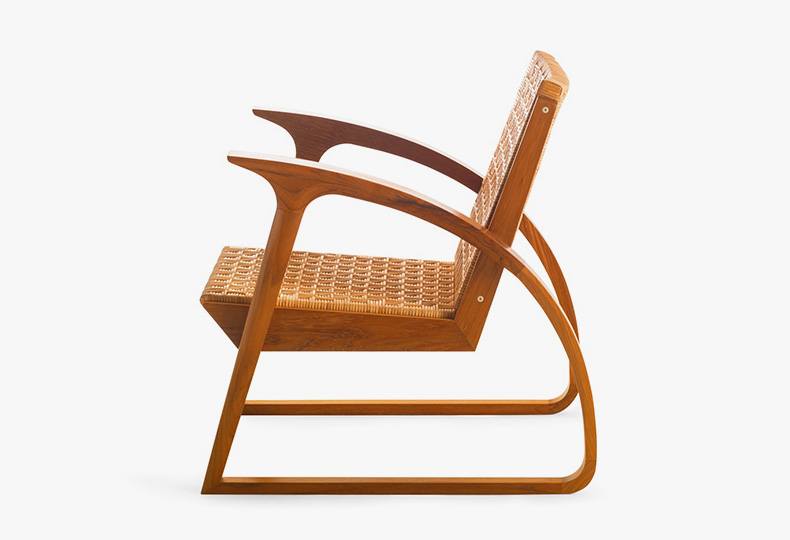
Santai is the project dedicated to research and development of the modern Indonesian furniture. The team consists of the German coordinator and a group of local designers. The brand’s furniture is inspired by the lifestyle and culture of the island of Java and is made exclusively of local materials using the ancient techniques. One of the recent brand's project is Sedan chair referring to the namesake car seat.
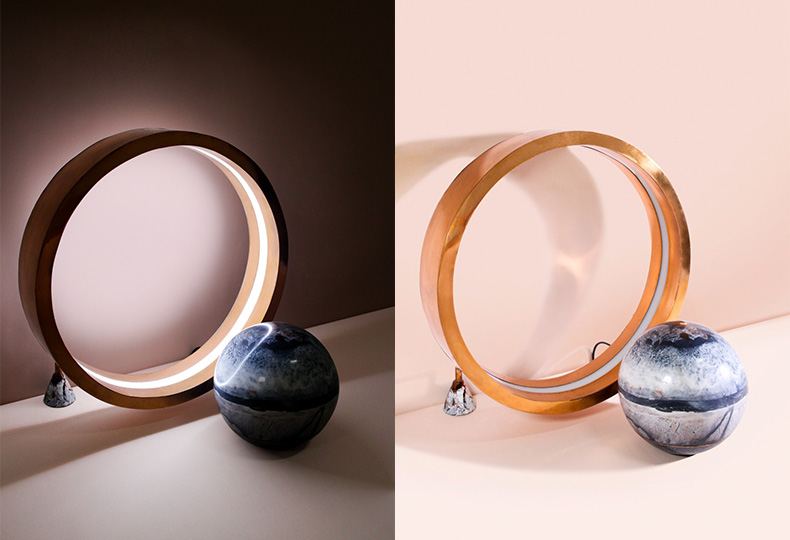
Objects by UMA are a symbiosis of design and art. The designers attempt to explore their own curiosity and awe inspired by the Universe and turn it into the beautiful utility objects reminiscent of the planets and galaxies. The brand is primary focused on working with marble. Halo table lamp consists of the glowing circle and the light-reflecting marble globe. The reference here is obvious. The object represent the celestial body moving along its orbit.

Bike Living is one of the leading furniture manufacturers in Indonesia. The company was founded on 1975, and since then it has been focused on production of furniture, lighting items and household accessories. As part of the Made-in: Indonesia exhibition, they presented a range of items, including the coffee table made of bent wire.
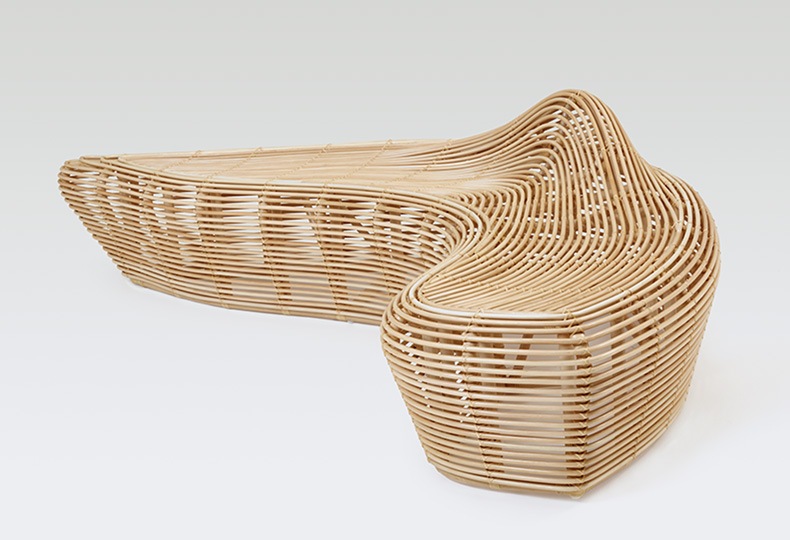
The philosophy of Yamakawa Rattan is focused on the environmentally responsible and sustainable business. All the brand’s furniture is made of Rattan. Unlike some trees that may take a decade to grow, Rattan grows extremely fast, so the Rattan harvesting does not cause any harm to the natural life environment for many local animals. In general, the designers claim the Rattan to be the most environmentally friendly material in the world. One of the most distinctive items displayed by the brand is Linger sculptural bench.
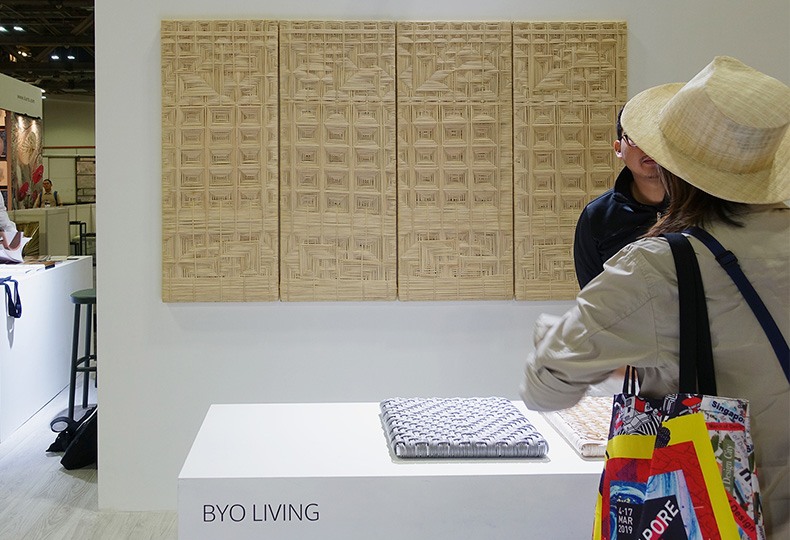
Byo Living company is focused on the weaving researches. They decorate the interiors of hotel complexes and restaurants, including, but not limited to Halaveli Resort on Maldives and Ephelia Resort on Seychelles, using the woven textiles made of Rattan and bamboo, By the way, Singapore magazine, Buro 24/7, mentions the Rattan among the main design trends of this year.

